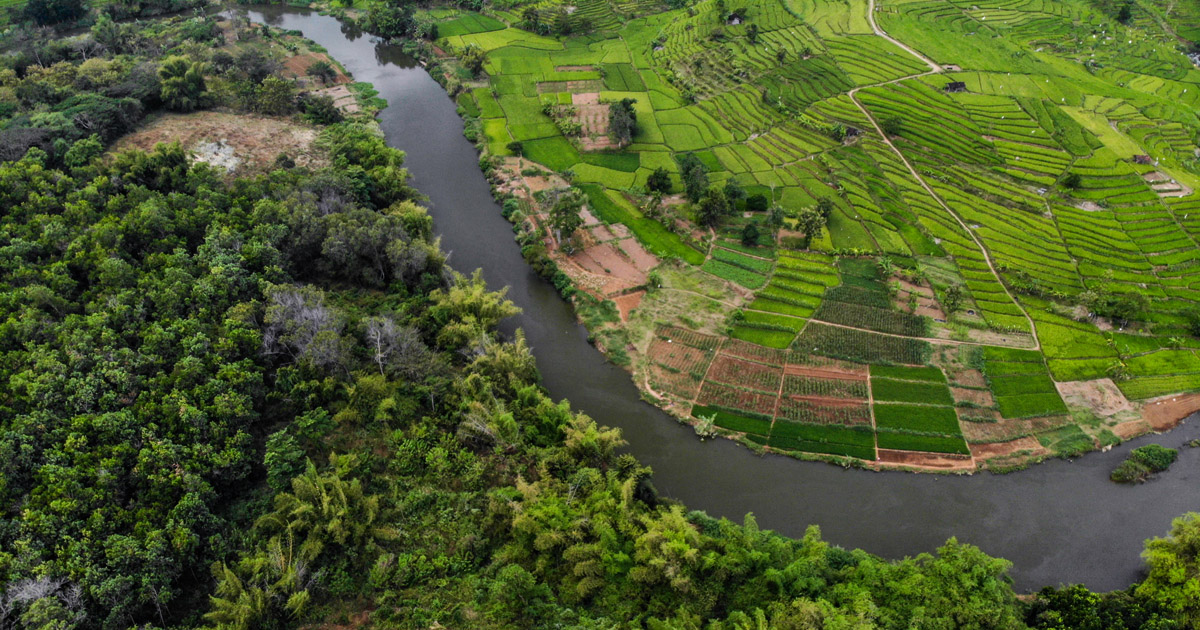The extension and designation of Gunung Halimun-Salak National Park has caused landconflict issue widely. Many local communities have used this national park land for theiragriculture crops and dwelling. Through the historical perspective, it was found that this landconflict was due to ongoing change of land use policies. The government, from the Dutch Colonial toJapan occupation, imposed different land use policy to the Halimun-Salak land. These changingpolicies have caused many local communities living inside the current designated state forestland.Regretabbly, the current government did not solve this land conflict, but rather offered uncertaintyby permitting and charging the local communities who cultivate inside the state forestland.Undoubtedly, this uncertainty has caused problems in the future to the national park. It was thoughtthat border arrangement will solve this land conflict as it has been proven that changing policieshave change the land-use in Halimun-Salak area.
DOI:
https://doi.org/10.7226/jmht.11.1.1
Altmetric score:
Dimensions Citation Count:





















